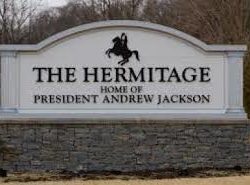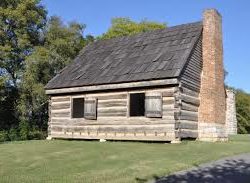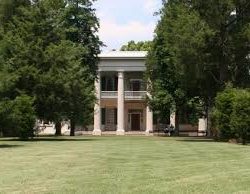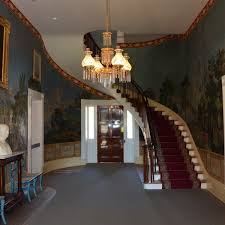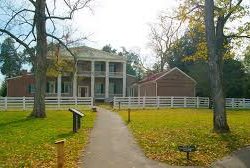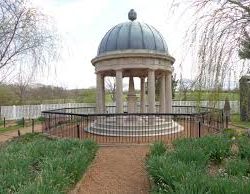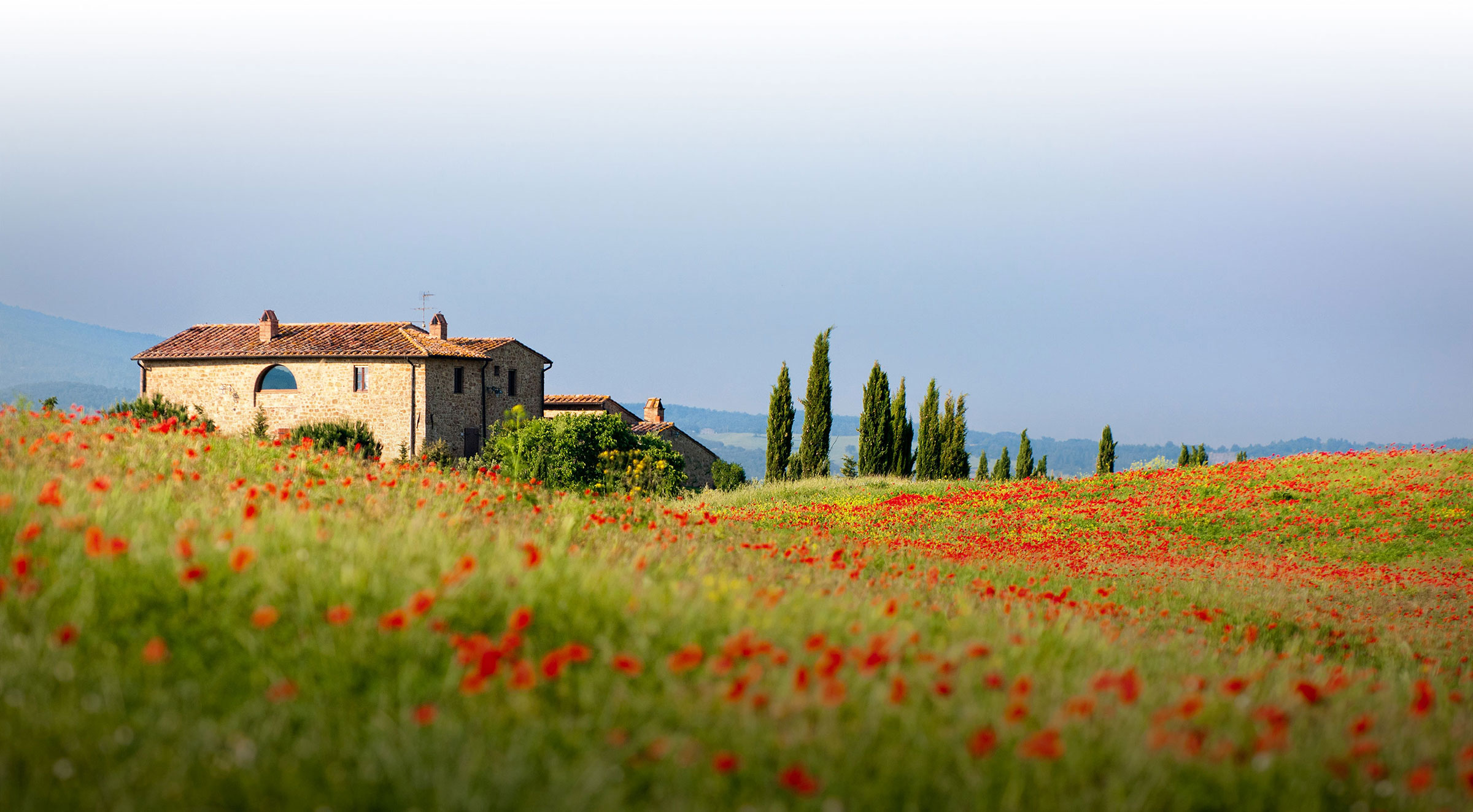The Hermitage in Nashville, Tennessee – Andrew Jackson’s home
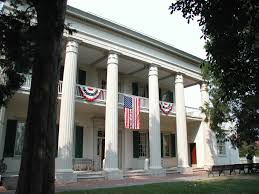
When your child is studying American History in the first half of the 1800’s, one character worth focusing on is Andrew Jackson – War of 1812 hero and 7th President of the United States from 1829-1837. He would have been the 6th but for the Electoral College. His home outside Nashville, Tennessee has been open to the public since 1891. Studying Jackson covers early political battles still being replayed today, the American Revolution (Jackson joined up at 13), War of 1812 (He partnered with Pirates), Indian policy, bigamy, adoption, slavery, the first assassination attempt of a U.S President and Duels.
Consider the Presidents that preceded him: George Washington from Virginia, John Adams from Massachusetts, Thomas Jefferson from Virginia, James Madison from Virginia, James Monroe from Virginia and John Quincy Adams from Massachusetts. There was a constant theme until Andrew Jackson came along. How did someone from Tennessee, not even one of the original States, break the founding fathers hold on the Presidency? His parents were not even from England, emigrating from Ireland. Jackson was stubborn – as a 13 year old prisoner of war, during the Revolutionary War, he refused to polish a British Officers boots and suffered two sword cuts as a result. He had a temper which led to participating in at least five duels, in two of which he was shot and would carry the bullets in his body for the rest of his life. He made a name for himself fighting the Indians and defeating the British at the Battle of New Orleans during the War of 1812. Jackson loved to gamble on dice, cards, cockfights and horses.
He first ran for President in 1824 and while he won the popular vote he did not win a majority of the electoral votes so the election was decided by the House of Representatives. He would win in 1828 defeating a sitting President with 56% of the vote. He ran as a “common man” out to rid Washington DC of corrupt aristocrats.
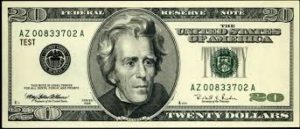
Jackson opposed the issuance of paper money believing only in silver and gold as currency, so it is ironic that his image appears on the $20 bill, but even more ironic that at one time or another it had also appeared on the $5, $10, $50 and $10,000 as well as the $1,000 Confederate bill.
Being a gambler, Jackson had bought a 640 acre planation outside Nashville, only to lose it in 1804. A year later he bought a 425 acre cotton plantation 12 miles east of Nashville, Tennessee for $3,400. Why Jackson named it The Heritage was never recorded. Expanded to 1,050 acres over time, Jackson planted 200 acres of cotton with the rest used to make the plantation self-sufficient – a distillery, dairy, carriage shelter, cotton gin and press and growing food for the Jackson’s and their slaves. Jackson owned 9 slaves when he bought the property and by the time he died he had 137 living and working on the property. For 15 years Jackson lived in a two story log farmhouse. He began the house one can visit today in 1819. Jackson spent $6,000 on a two story Federal-style brick dwelling and then spent $1,200 on imported French wallpaper depicting themes from Greek Mythology. In the main hallway the wallpaper illustrates the story of Telemachus from Homer’s epic Odyssey. After a fire in 1834, the home was transformed into a Greek Temple by adding 6 columns with Corinthian capitals on the front porch and similar columns with Doric capital capitals on the back of the house.
Lived in by family members until 1889, The Hermitage with its remaining 25 acres was acquired by The Ladies Hermitage Association, modeled after a similar group that acquitted George Washington’s Mount Vernon estate. It would take over 100 years but by 2003 the Association had re assembled the 1,050 acre plantation.
When your child studies the 1800’s consider visiting The Hermitage and experience what plantation life was like, the influence of Greece on American architecture, and discuss whether Andrew Jackson would be as successful politically today given his gifts and faults. Enrich your child’s education with a trip to Nashville.

